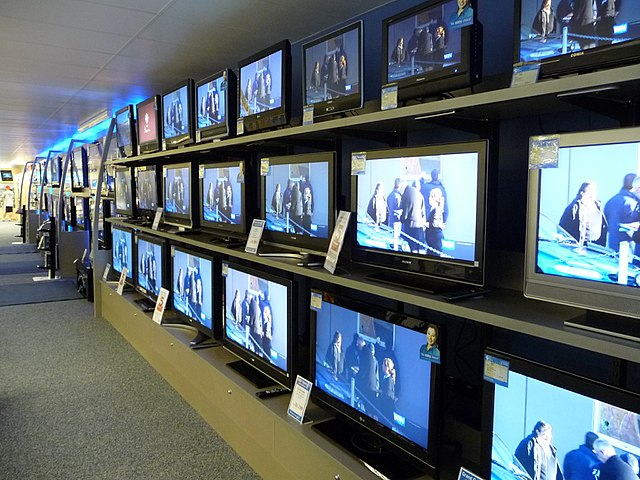The art of subtle censorship: Can we even notice it?
A recent Big Brother episode, where a contestant named Ali Bromley wore a shirt with a watermelon design, has sparked a new wave of controversy. The watermelon symbol—which has been used to signify support for the Palestinian cause—was edited out shortly after the episode’s first release in an apparent display of subtle censorship.
Subtle censorship is the process of altering or removing content at an institutional level to protect or promote an agenda. This form of censorship distinguishes itself from the more overt kind, such as book bans, by operating through a lack of acknowledgment to the general public, which contests the core foundations of freedom of expression and neutrality in media. This Big Brother incident is a call to action to be more observant of the inability to produce unbiased media and to generally consume media with a more critical lens.
Subtle censorship has proven to not only be harmful in and of itself but also, when unchecked, results in an environment that promotes more overt forms of censorship
The decision to censor the watermelon shirt, although seemingly a minor edit, represents a rising trend in controlling sources of media to avoid public scrutiny. Despite this, there was a clear sense of public unrest in response, with the primary critique being the hindrance of self-expression. A pressure to form a balance between inclusivity and diminishing backlash has become apparent throughout the field of media—whether it is Disney’s decision to censor LGBTQIA+ content in Middle Eastern markets or Netflix’s Pine Gap controversy, where episodes were removed to appease conflicts regarding territorial disputes. The rivalry between profit and artistic integrity has always been present, but due to the disproportionate amounts of manufactured outrage as a result of social media, companies often prioritise profit. The actions of both Disney and Netflix exemplify the insidious nature of subtly moulding public perception under the guise of neutrality.
The form of subtle censorship employed by Big Brother is indicative of a rising global trend that leads to more overt and dangerous forms of censorship. The ability of countries to control the messages of these international organiSations creates a culture of complacency in dealing with censorship and a forced sense of ignorance in the public towards many humanitarian issues. This trend is exemplified through recent actions in the Middle East, such as banning films like Barbie and the editing of several major political documentaries in China. This normalisation of censorship has resulted in the formalisation of major initiatives such as Project 2025, a policy agenda for the Republican presidential administration in America, which aims to target the reduction of certain books in educational settings. Subtle censorship has proven to not only be harmful in and of itself but also, when unchecked, results in an environment that promotes more overt forms of censorship.
The Big Brother incident illustrates the very harmful possible effects of subtle censorship and how it can completely fall under the radar if not properly addressed.
Despite often being conducted in the name of neutrality, subtle censorship is anything but neutral. Decisions such as ITV’s often serve to uphold larger ideological biases that prioritise corporate interests at the cost of integrity. These massive platforms making self-interested decisions, unfortunately, shape public perception by suppressing the discussion of what are often realities of their societies. As a result, the restriction of diverse perspectives in public discourse counteracts the very nature of free speech. When content is sanitised to appease dominant parties in societies, echo chambers develop, and social progression is halted.
As a powerful tool in shaping public perception and marginalising dissenting voices, the unnoticeable nature of subtle censorship is insidious. Subtle censorship challenges the very nature of neutrality in media and leads to devastating consequences, such as the erosion of free speech. The Big Brother incident illustrates the very harmful possible effects of subtle censorship and how it can completely fall under the radar if not properly addressed.
This logic extends to further trends in media, such as Disney and Netflix’s decisions to prioritise profit over ethics and the protection of free speech, which contributes to a general global shift toward normalising censorship—a prominent example being Project 2025. These instances demonstrate how seemingly minuscule acts of censorship can accustom audiences to sanitised narratives and consequently normalise the absence of diverse perspectives. Therefore, consumers need to view the media they consume through a more critical lens and hold corporations and governments accountable for even subtle forms of censorship through open dialogue. By demanding transparency and questioning the narratives presented to us, we can resist the gradual erosion of diverse perspectives and ensure that media remains a space for genuine expression and open discourse.

Comments